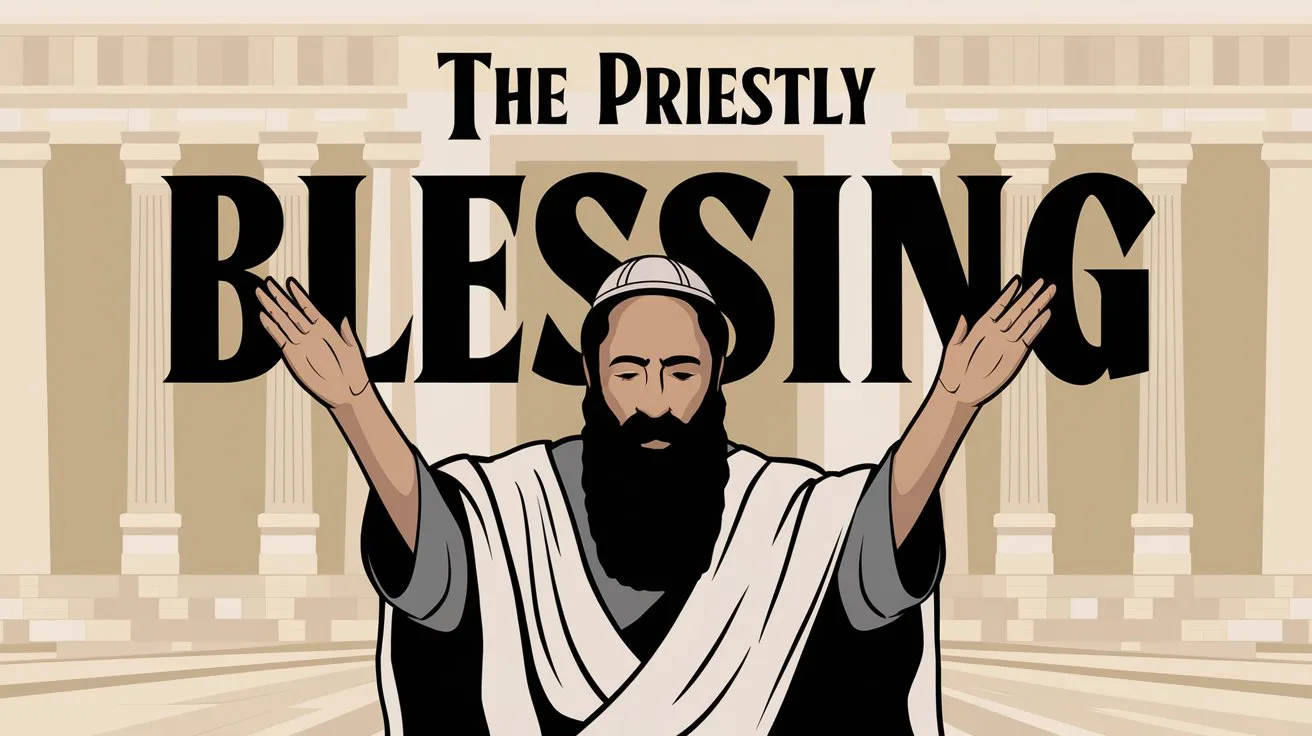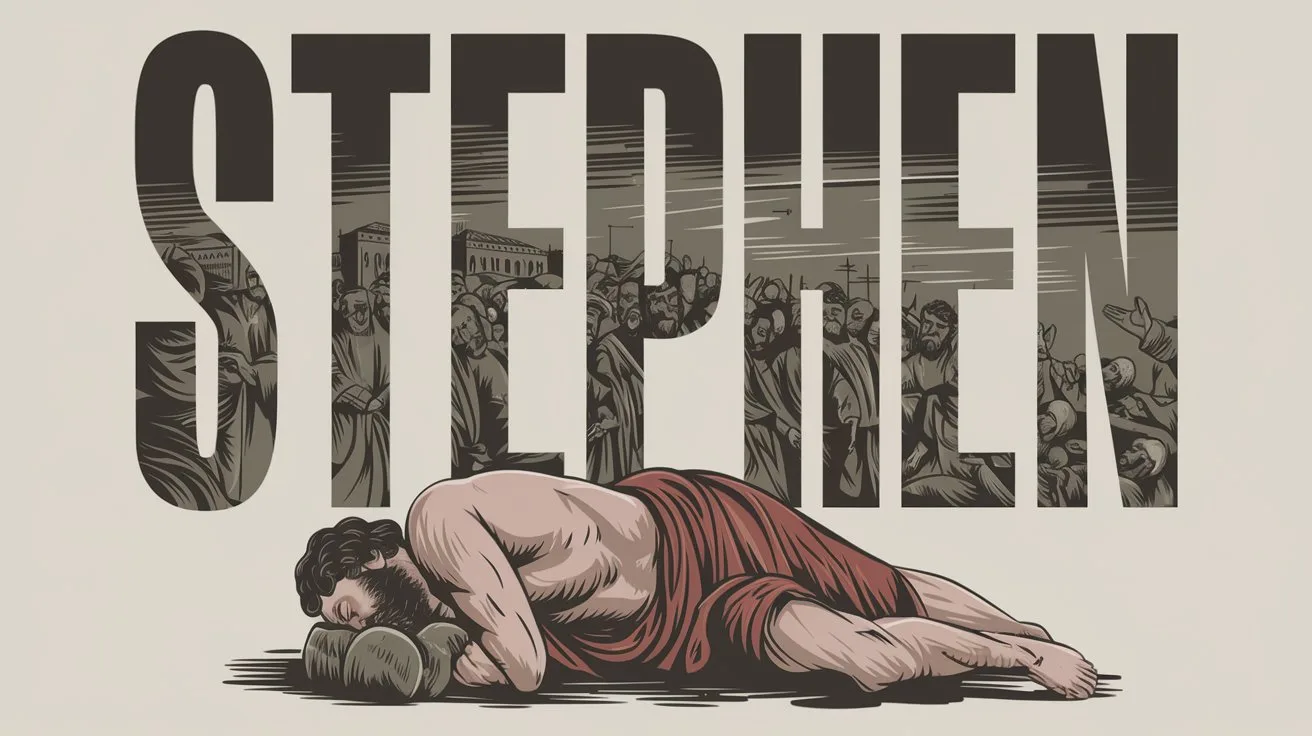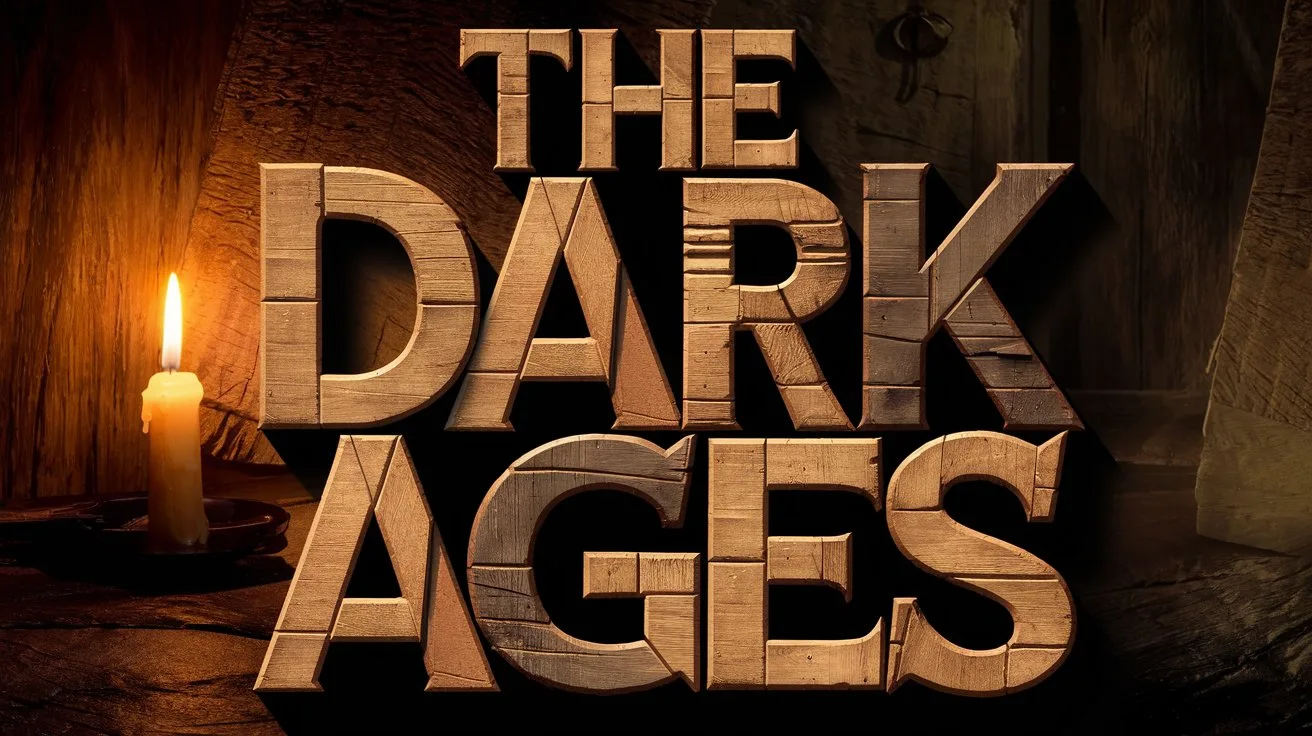Gethsemane is mentioned in all four Gospels as the place where Jesus went to pray the night He was betrayed. The name means “oil press,” and it was located at the foot of the Mount of Olives, across the Kidron Valley from Jerusalem.
In Matthew 26:36, Jesus said to His disciples, “Sit here while I go and pray over there.” He took Peter, James, and John with Him, and began to be sorrowful and deeply distressed. He said, “My soul is exceedingly sorrowful, even to death. Stay here and watch with Me.” Then He went a little farther, fell on His face, and prayed, saying, “O My Father, if it is possible, let this cup pass from Me; nevertheless, not as I will, but as You will” (Matthew 26:38–39).
Jesus prayed this way three times, each time returning to find His disciples sleeping. His agony was so intense that Luke records, “His sweat became like great drops of blood falling down to the ground” (Luke 22:44). An angel appeared from heaven to strengthen Him (Luke 22:43).
After His third prayer, Jesus rose and said, “Behold, the hour is at hand, and the Son of Man is being betrayed into the hands of sinners” (Matthew 26:45). Judas arrived with a large crowd armed with swords and clubs. He identified Jesus with a kiss, and Jesus was arrested (Matthew 26:47–50; John 18:1–12).
Gethsemane reveals the humanity of Christ in its fullest depth. There, He wrestled with the weight of bearing the world’s sin and submitted fully to the Father’s will. It is a place of sorrow, prayer, and divine submission. The suffering Jesus endured in Gethsemane anticipates the cross, showing both the cost of redemption and the perfect obedience of the Son of God.







